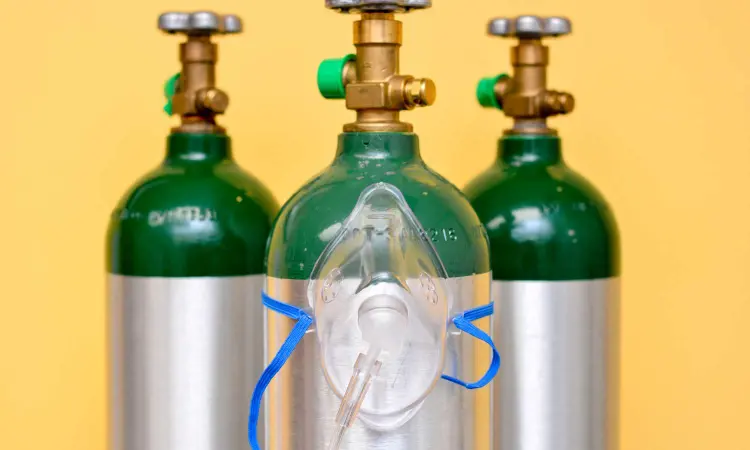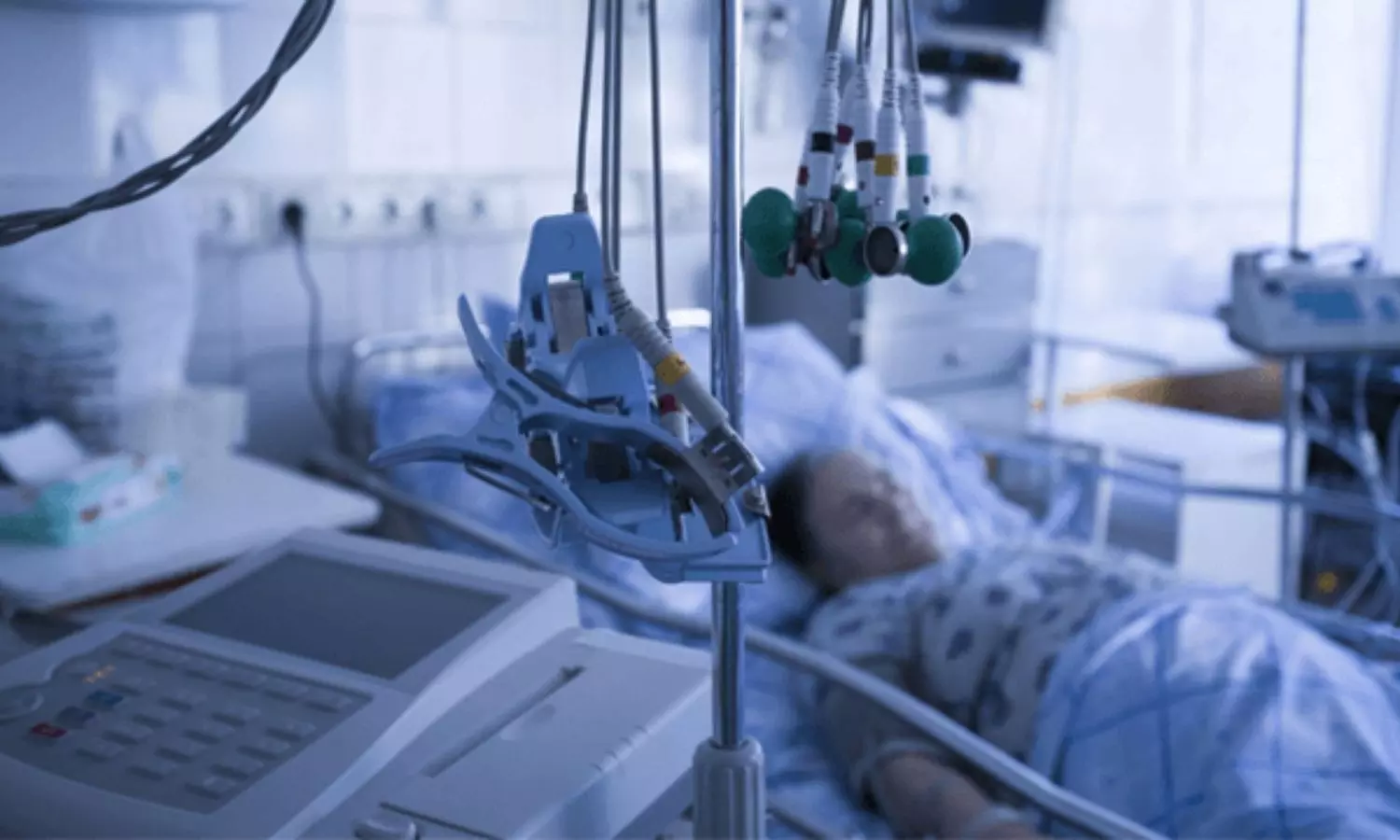- Home
- Medical news & Guidelines
- Anesthesiology
- Cardiology and CTVS
- Critical Care
- Dentistry
- Dermatology
- Diabetes and Endocrinology
- ENT
- Gastroenterology
- Medicine
- Nephrology
- Neurology
- Obstretics-Gynaecology
- Oncology
- Ophthalmology
- Orthopaedics
- Pediatrics-Neonatology
- Psychiatry
- Pulmonology
- Radiology
- Surgery
- Urology
- Laboratory Medicine
- Diet
- Nursing
- Paramedical
- Physiotherapy
- Health news
- Fact Check
- Bone Health Fact Check
- Brain Health Fact Check
- Cancer Related Fact Check
- Child Care Fact Check
- Dental and oral health fact check
- Diabetes and metabolic health fact check
- Diet and Nutrition Fact Check
- Eye and ENT Care Fact Check
- Fitness fact check
- Gut health fact check
- Heart health fact check
- Kidney health fact check
- Medical education fact check
- Men's health fact check
- Respiratory fact check
- Skin and hair care fact check
- Vaccine and Immunization fact check
- Women's health fact check
- AYUSH
- State News
- Andaman and Nicobar Islands
- Andhra Pradesh
- Arunachal Pradesh
- Assam
- Bihar
- Chandigarh
- Chattisgarh
- Dadra and Nagar Haveli
- Daman and Diu
- Delhi
- Goa
- Gujarat
- Haryana
- Himachal Pradesh
- Jammu & Kashmir
- Jharkhand
- Karnataka
- Kerala
- Ladakh
- Lakshadweep
- Madhya Pradesh
- Maharashtra
- Manipur
- Meghalaya
- Mizoram
- Nagaland
- Odisha
- Puducherry
- Punjab
- Rajasthan
- Sikkim
- Tamil Nadu
- Telangana
- Tripura
- Uttar Pradesh
- Uttrakhand
- West Bengal
- Medical Education
- Industry
Higher intraoperative fractional-inspired O2 fails to reduce complications after major surgery

In a recent noninferiority randomized trial, the impact of high intraoperative oxygen therapy, specifically a fraction of inspired oxygen (FiO2) of 0.8, was compared to a standard FiO2 ranging from 0.3 to 0.4 in adults undergoing major elective or emergency surgery. The trial found that high intraoperative fiO2 was non-inferior to standard fiO2.
The study results were published in the journal Surgery.
While high intraoperative oxygen therapy may benefit surgical site infection, its impact on postoperative respiratory function is uncertain. It's unclear if hyperoxia, resulting from a high fraction of inspired oxygen alongside lung protective ventilation, increases postoperative pulmonary complications. Hence, researchers conducted a study to investigate whether the use of a higher FiO2, in conjunction with a lung protective ventilation strategy, could be associated with an increased incidence of postoperative pulmonary complications.
The study was conducted with a cohort of 226 patients, consisting of 130 individuals undergoing routine surgery and 96 facing emergency surgical procedures, the trial revealed intriguing insights into the potential clinical benefits of elevated intraoperative oxygen levels. The median age of the participants was 48 years, with approximately 47.3% being female.
Patients were randomly assigned to two groups: Group H, receiving the high FiO2 of 0.8, and Group S, receiving the standard FiO2 of 0.3 to 0.4. Notably, both groups adhered to a lung protective ventilation strategy that included volume control ventilation with a tidal volume of 6 to 8 mL/kg of predicted body weight, a respiratory rate of 12 beats per minute, and positive end-expiratory pressure ranging from 5 to 8 cm H2O.
The primary outcome measure focused on postoperative pulmonary complications, assessed on days 3 and 5 after surgery using the Melbourne group scale.
Results indicated that the Melbourne group scale scores at both postoperative days 3 and 5 were statistically similar between the two groups. The upper margin, crucial for determining noninferiority, fell within the predefined margin of 1. This suggests that the use of high intraoperative FiO2 did not result in a significantly different incidence of postoperative pulmonary complications compared to the standard FiO2.
Further exploration into secondary outcomes, including the incidence of surgical site infection, postoperative hospital stay duration, and the number of days alive without antibiotic therapy at postoperative day 28, revealed no substantial differences between the two groups. These findings were consistent across various metrics, with P-values ranging from 0.13 to 0.95, indicating no statistically significant variations.
In conclusion, the trial demonstrated that employing a high intraoperative FiO2 of 0.8, in combination with lung protective ventilation, was non-inferior to using the standard FiO2 of 0.3 to 0.4 in terms of postoperative pulmonary complications in adult patients undergoing major surgery. This suggests that the potential clinical benefits of high intraoperative oxygen levels on surgical site infection did not compromise postoperative respiratory function, providing valuable insights for perioperative care strategies. It is essential to note that while these results are promising, individual patient considerations and clinical judgment remain paramount in decision-making processes.
Further reading: Kochupurackal JC, Bhattacharjee S, Baidya DK, et al. Postoperative pulmonary complications with high versus standard fiO2 in adult patients undergoing major abdominal surgery: A noninferiority trial. Surgery. Published online November 27, 2023. doi:10.1016/j.surg.2023.10.020
BDS, MDS
Dr.Niharika Harsha B (BDS,MDS) completed her BDS from Govt Dental College, Hyderabad and MDS from Dr.NTR University of health sciences(Now Kaloji Rao University). She has 4 years of private dental practice and worked for 2 years as Consultant Oral Radiologist at a Dental Imaging Centre in Hyderabad. She worked as Research Assistant and scientific writer in the development of Oral Anti cancer screening device with her seniors. She has a deep intriguing wish in writing highly engaging, captivating and informative medical content for a wider audience. She can be contacted at editorial@medicaldialogues.in.
Dr Kamal Kant Kohli-MBBS, DTCD- a chest specialist with more than 30 years of practice and a flair for writing clinical articles, Dr Kamal Kant Kohli joined Medical Dialogues as a Chief Editor of Medical News. Besides writing articles, as an editor, he proofreads and verifies all the medical content published on Medical Dialogues including those coming from journals, studies,medical conferences,guidelines etc. Email: drkohli@medicaldialogues.in. Contact no. 011-43720751




